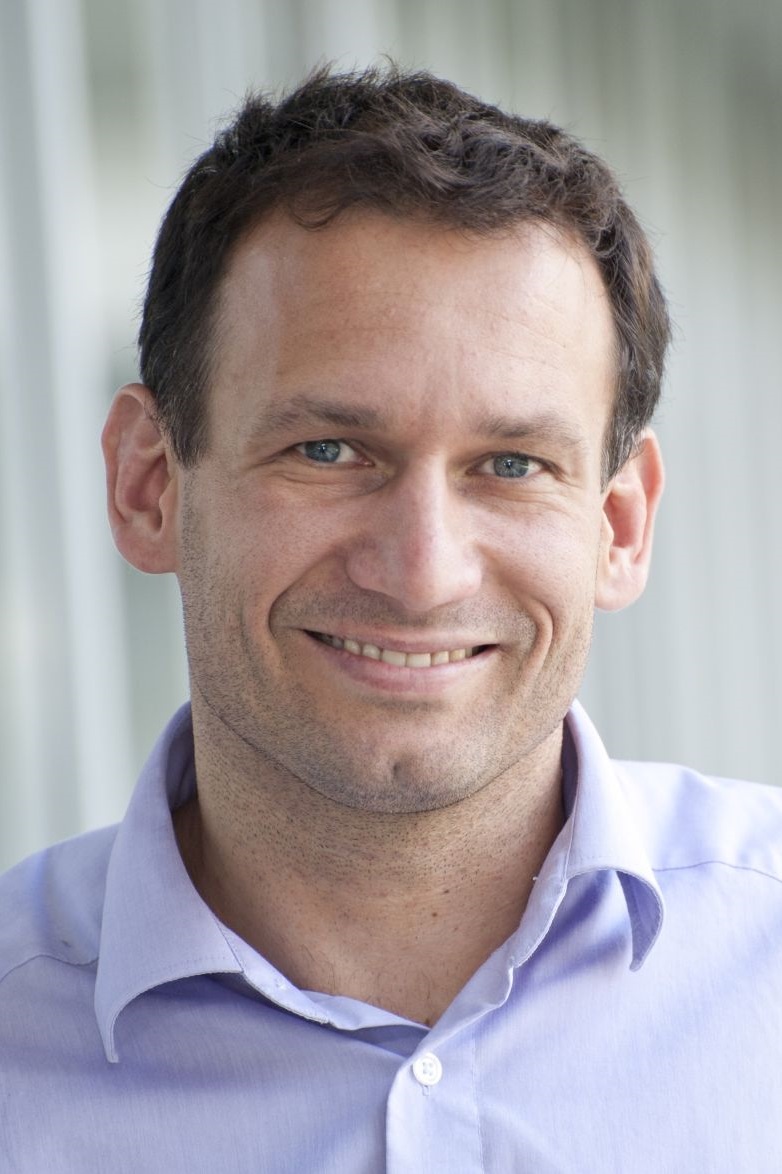Prof. Dr. J. Michaelis - Institute of Biophysics, Ulm University

In the Biophysics Institute the focus of the ongoing research is to develop and apply novel fluorescence based microscopy techniques with improved sensitivity and resolution. Among the techniques currently available are single-molecule sensitive total internal reflection fluorescence microscopes, used for measuring structure, dynamics and composition of transient biological complexes. Moreover, the institute has developed tracking methodologies, to detect the movement of individual proteins in living cells. Since only the position of individual entities is recorded, the method has a high temporal (10 ms) and spatial (< 50 nm) resolution. Another research emphasis is the development of microscopes for super-resolution fluorescence microscopy. Here, both the method of stimulated emission depletion (STED) as well as the method of stochastical optical (switching and) reconstruction microscopy (STORM/PALM) are applied, depending on the biological needs. Applications include the study of structures within fixed cells, thin brain sections, or even within living cells and organisms.
All experiments are performed by using homebuilt instrumentation and thus all measurements can be optimized with respect to the particular scientific application. Moreover, new instruments are constantly being developed further improving spatial and temporal resolution, that a number of different entities can be studied with stability of the setups for long term measurements as well as sensitivity down to the single-molecule level.
zurück zum Forschungsteam
